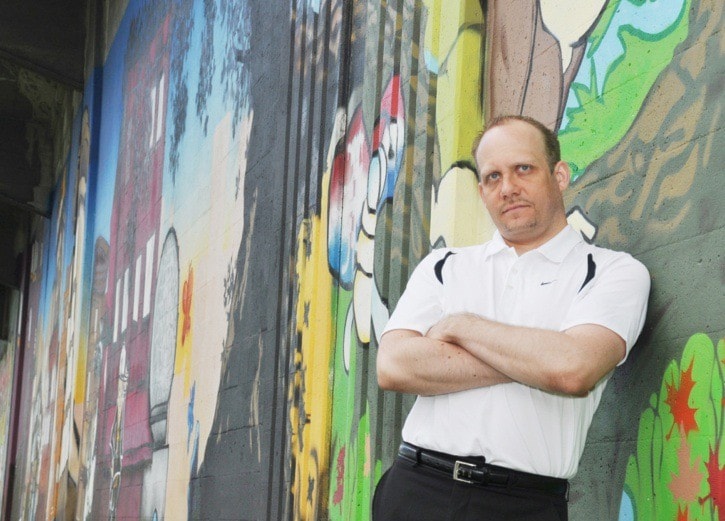When Simon Fraser University grad Pontus Agren received his bachelor of arts honours degree in criminology last month, his mind was on the fate of RestArt (restorative art), the subject of his thesis.
Once arrested and charged for illegal graffiti writing, Agren hopes his thesis on the program, which he credits with changing many lives, will help ensure its survival.
A similar restorative justice program steered Agren clear of pursuing a path to illegal graffiti convictions in 1998.
An idea first conceived by graduate students and professors at SFU's school of criminology in 1994, RestArt is now threatened by funding cuts in many Lower Mainland municipalities.
Using restorative justice circles, RestArt seeks to rehabilitate illegal graffiti taggers in Metro Vancouver rather than sending them to jail.
Held over four days, workshops are based on techniques rooted in Canadian and aboriginal communities' handling of offenders more then 100 years ago.
The program helps taggers understand the impact of their actions by building empathy for their victims while at the same time allowing victims to see the taggers as troubled youth rather than hardened criminals.
RestArt has been shown to save municipalities hundreds of thousands of dollars in future graffiti clean-up costs by engaging the offenders in a voluntary process and helps them understand the harm they have caused and by channeling their creativity towards sanctioned mural projects throughout the Lower Mainland.
In his study, Agren, a Surrey resident and the City of Surrey's first anti-graffiti coordinator, found that 70 per cent of offenders hadn't reoffended and that the program had made a positive impact on their lives.
"When funding goes into graffiti abatement," notes Agren, "graffiti decreases. However, when graffiti does disappear, funding tends to cease and the offending tags come back. Policy-makers should understand that anti-graffiti workers build relationships with graffiti writers. Where funding is removed those relationships are destroyed and then, if and when the program is resurrected, anti-graffiti workers are back to square one."
